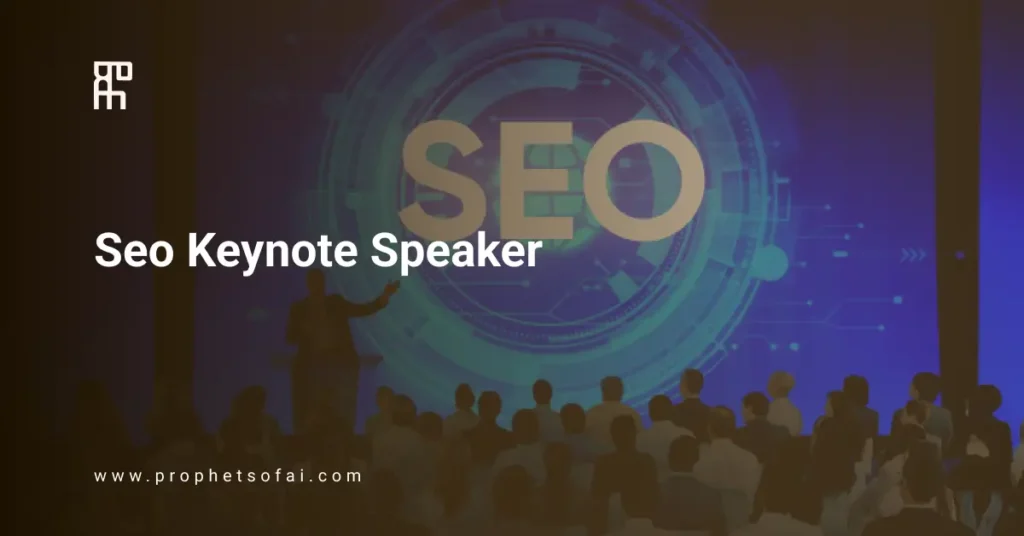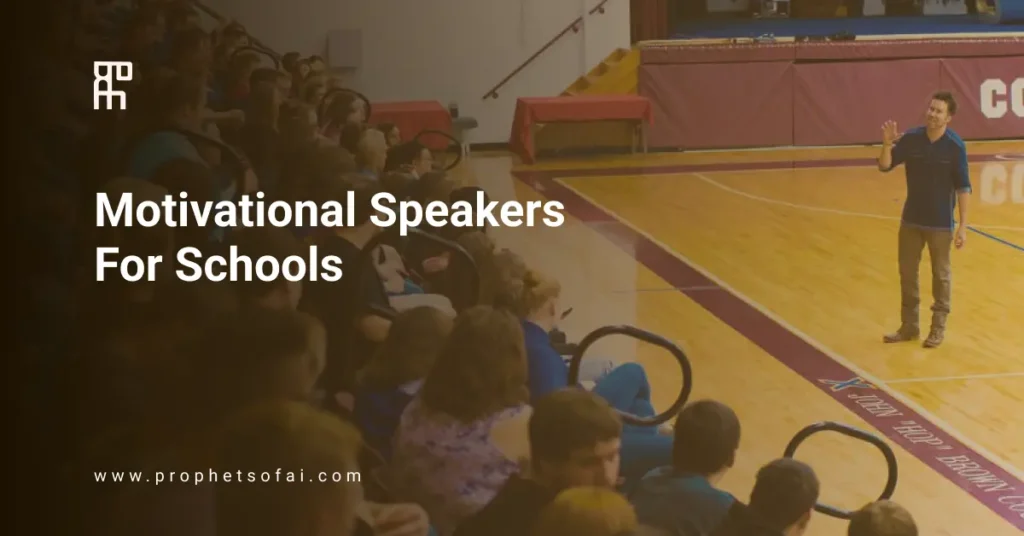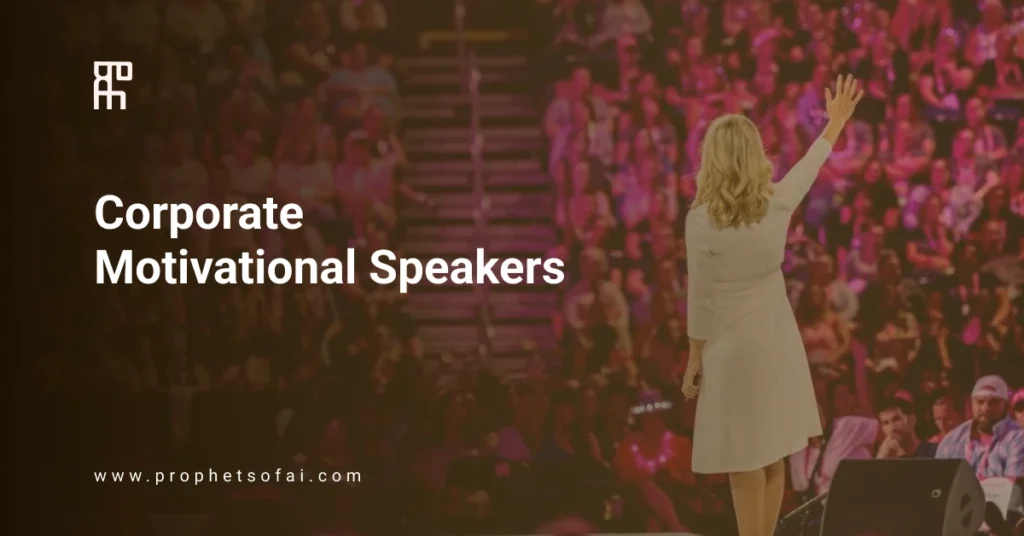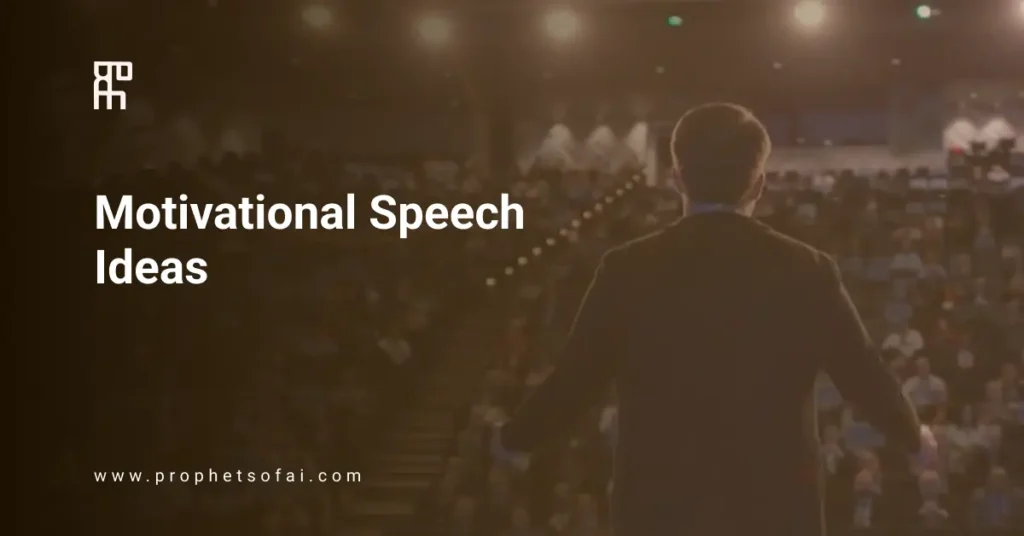Event planners often use “what is a keynote speaker” and “guest speaker” interchangeably. The problem? These roles serve completely different purposes at your event.
Book a guest speaker when you need a keynote and your event lacks the inspirational anchor it needs. Hire a keynote when a guest speaker would suffice and you waste budget on star power your program doesn’t require.
This guide breaks down the key differences between these speaker types, when to use each one, and how combining both creates the strongest event experience.
Core Differences Explained
Role and Position
Keynote speakers are the lead presenters at your event. They’re the headliner, the star attraction that draws people to register. Guest speakers fulfill supporting roles, adding value after the keynote establishes the foundation.
Think of it like a concert. The keynote is your headliner. Guest speakers are the talented opening acts that complement the main performance.
Purpose and Focus
Keynote speakers set the tone for your entire event through motivational elements, compelling storytelling, or memorable performances. What does a keynote speaker do? Their job centers on delivering broad, big-picture messages that unify your audience around a central theme.
Guest speakers focus on specific subtopics in detail. They dive into particular aspects of your event theme, providing specialized knowledge and unique perspectives. Where keynotes inspire, guest speakers educate on practical applications.
Timing and Placement
Keynote speakers deliver the main address at the beginning or end of your event. These prime time slots maximize their impact on audience experience and attendance.
Guest speakers present at various points throughout your program. They fill the schedule between major sessions, providing continuity and depth without requiring headline placement.
Speaking Career
For keynote speakers, presenting is usually a full-time career. They’ve built their reputation and business around being featured speakers.
Guest speakers generally treat speaking as a part-time component of their work or they’re emerging professionals still building their speaking businesses. Many successful keynotes started as guest speakers who gradually built their reputation.
2.Key Comparison Table
| Aspect | Keynote Speaker | Guest Speaker |
| Role | Headliner, star of event | Supporting cast member |
| Focus | Broad themes, inspiration | Specific topics, expertise |
| Timing | Opens or closes event | Throughout program |
| Fees | Higher rates | More flexible pricing |
| Career Status | Full-time professionals | Part-time or emerging |
| Interaction | Limited direct engagement | More interactive, Q&A sessions |
| Content Type | Big-picture vision | Detailed, actionable insights |
| Audience Impact | Unified inspiration | Specialized education |
3. Content and Delivery Differences
Keynote Speaker Approach
Keynote speakers use storytelling, anecdotes, and motivational content to capture attention. They emphasize big-picture thinking and future trends rather than tactical details. Their presentations create an inspirational framework that gives context to everything else at your event. They command attention through authority and vision, unifying diverse audiences around a central message everyone can rally behind. Understanding the differences between a keynote speaker vs motivational speaker can help clarify which type best suits your event needs.
Guest Speaker Approach
Guest speakers rely on data, case studies, and detailed analysis to make their points. They emphasize practical knowledge and actionable insights attendees can implement immediately. Their presentations bring updated, researched knowledge that educates, motivates, and activates audiences on specific topics. They dive into technical details the keynote couldn’t cover. Guest speakers offer more flexibility in format, easily adapting to panel discussions, workshops, or Q&A sessions that encourage direct audience participation.
4. When to Choose Each Type
Choose a Keynote Speaker When:
You need to set the overall event tone and direction from the start. Keynote speakers attract attendees with recognizable names and reputations. Their goal is inspiring and unifying large audiences around your central message. Use keynotes for opening or closing your event with maximum impact. Budget accordingly, as keynote speakers command higher speaking fees that reflect their drawing power and expertise.
Choose Guest Speakers When:
Your program needs specialized expertise on specific topics throughout the day. Guest speakers provide depth and detail after the keynote establishes the framework. They work well for filling your program with varied content that keeps audiences engaged. Guest speakers offer more budget flexibility with lower fees than headline talent. Their interactive, educational format suits breakout sessions, panels, and workshops better than formal keynote addresses.
Using Both Together
The keynote speaker builds excitement and sets direction, while guest speakers add depth and deliver the specific insights attendees came to learn. Many successful events combine both types strategically. The keynote opens with inspiration, then guest speakers elaborate throughout the program with practical applications. This combination delivers both motivation and actionable knowledge.
5. Common Selection Mistakes
Mistake #1: Hiring Guest Speaker as Keynote
Expecting someone without keynote experience to set your event tone often fails. Guest speakers may lack the gravitas needed for opening addresses that unify large audiences.
Mistake #2: Paying Keynote Rates for Guest Content
Don’t overpay for specialized content that doesn’t require headline talent. Save premium budgets for speakers who truly anchor your event.
Mistake #3: Wrong Placement
Putting your keynote in the middle of the program wastes their impact. Prime time slots at opening or closing maximize their value.
Mistake #4: Unclear Role Expectations
Failing to clarify whether you need broad inspiration or specific education confuses both you and the speaker. Define the role clearly before booking.
6. Career Path: Guest to Keynote
Many professional speakers start as guest speakers, building reputation and expertise before transitioning to keynote opportunities. This progression path makes sense for career development.
Guest speaking builds credibility through repeated presentations. It refines delivery skills in lower-stakes environments. Speakers develop specialized knowledge that eventually positions them as thought leaders worth keynote fees.
As speakers gain experience and recognition, they can command keynote rates and headline events. Some speakers maintain both roles simultaneously, keynoting at smaller industry events while guest speaking at larger conferences where they’re building visibility.
The journey from guest to keynote typically takes several years of consistent speaking, content development, and reputation building within a specific niche.
7. Budget Considerations
Keynote speakers have high visibility in their industry and unique expertise, allowing them to command higher fees than guest speakers. Budget accordingly when planning your speaker mix.
Consider using one keynote to anchor your event and multiple guest speakers to provide depth at lower cost. This strategy delivers both inspiration and practical value without breaking your budget. A single keynote at $15,000 plus three guest speakers at $3,000 each often provides better overall value than two keynotes competing for attention.
Conclusion
Keynote and guest speakers serve distinct purposes at your event. Keynotes provide inspirational direction while guest speakers deliver specialized education. Choose based on your event goals, audience needs, and budget constraints. The strongest events often combine both types strategically.
Need help selecting the right speaker type for your event? Prophets of AI matches you with speakers who fit your specific requirements.





